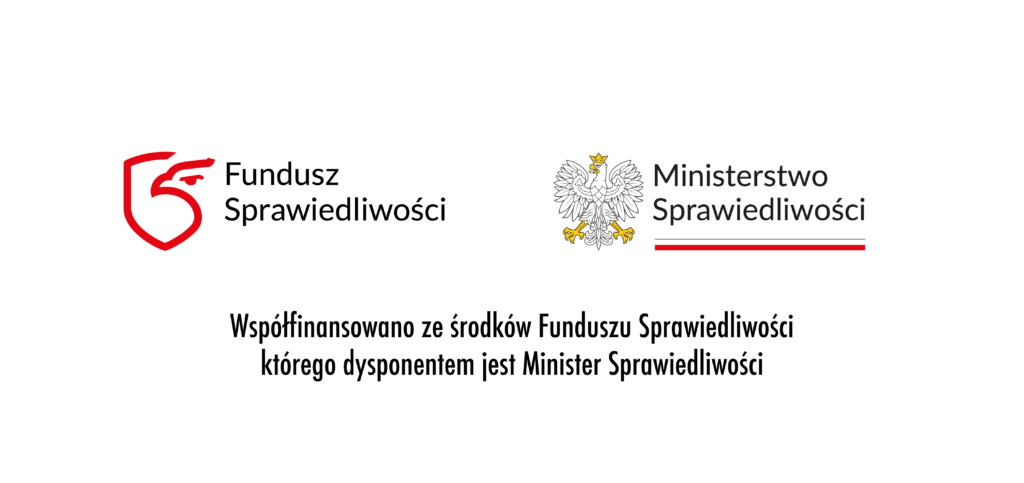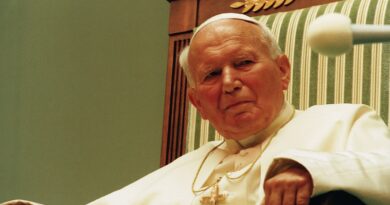“Inclusve diversity”: the synodal trap
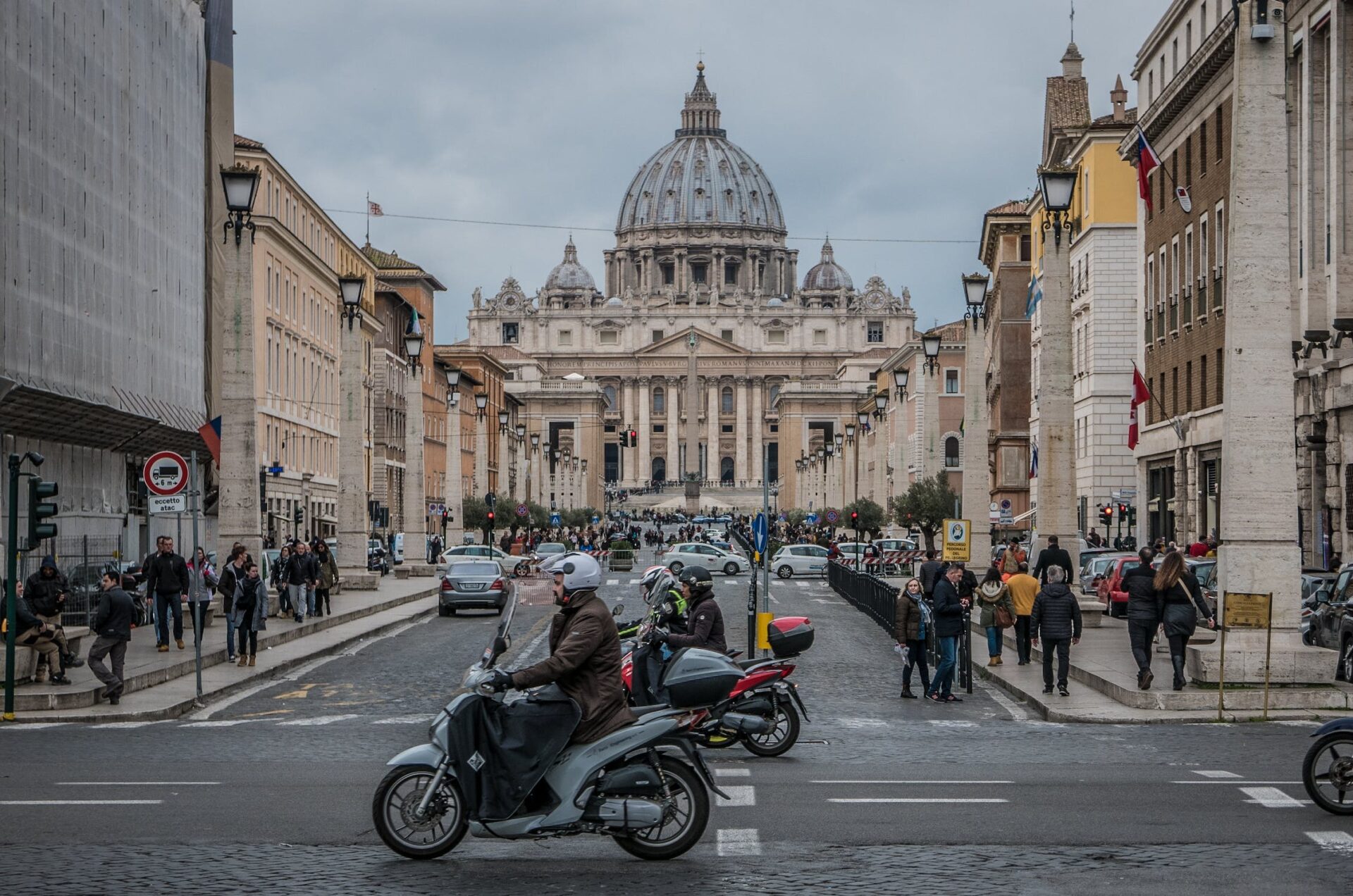
The Catholic Church has been changing intensely for the past 60 years – and will continue to do so in the near future, to an ever-increasing degree. The transformations are being forced by a reality hostile to Christianity. However, instead of strengthening Catholic identity, we are seeing an increasingly unreflective opening to modern ideologies. The driving force behind these changes is the unprecedented synodal process.
Paweł Chmielewski
It’s obvious: the world that was born after World War II is completely different from the one in which the Church has operated for the past centuries. The political power of Catholicism is gone; nor does the Church have the ability to mold mass culture. Non-Christian thinking has become dominant in most societies. The structures developed over centuries are crumbling with great vehemence; there is no shortage of evidence of this in Poland as well. In the eyes of the world, the Catholic Church ceases to be a witness to the risen Christ; rather, it appears as one of the many so-called faith-based organizations – international faith-based organizations. This is the role in which the big global players see it, and the Holy See is eager to assume this role.
The EU’s promotion of insect eating has been debated in Poland for several weeks. We can only wait when Pope Francis himself will join the calls to eat cricket flour: already last July, the Vatican sovereign called on Europe’s youth to “reduce not only the consumption of fossil fuels, but also to consume less meat” to save the environment.
In 2020, the Holy Father sent an unusually heartfelt congratulatory letter to the president of the World Economic Forum, Klaus Schwab; on the occasion of the organization’s 50th anniversary, he thanked him for “seeking innovative ways to build a better world.” The Pope recently announced that the phenomenal papal summer residence, a 17th-century palace located on Lake Albano in Castel Gandolfo, will be converted into an environmental education center. The entire area, both the palace itself and the farmland belonging to the residence will be renamed “Borgo Laudato Si” – referring to Francis’ famous ecological encyclical. Who knows, maybe the 60th anniversary of the World Economic Forum will be celebrated right in the “Borgo,” and participants will be served organic dishes made from locusts, now seen as no longer a biblical plague.
The Vatican has been unusually eager to join such major globalist events in recent years. After all, when the world was plagued by the COVID-19 pandemic, it became the setting for numerous conferences on the vision of a “post-pandemic” world; the Holy See was visited by the world’s leading vaccine promoters, as well as Pfizer chief Albert Bourla, but also by representatives of the Rothschild family, who were working out a plan to usher in “inclusive capitalism” together with the Pope. Currently, within the framework of the Pontifical Academy for Life, the creation of an “inclusive economy” is being toiled over, for example, by economist Mariana Mazzucato, whose “inclusiveness,” however, does not extend to unborn children – Mazzucato supports abortion, but for the Vatican’s new globalist course, her views do not pose a problem.
The Holy See’s building of a new, better world is not limited to the plane of ecology, economics, migration or sanity. It also applies to the strictly religious space. As early as March 1st, 2023, a landmark Vatican project will open in the capital of the United Arab Emirates, Abu Dhabi. This is the Abrahamic Family House, a joint religious center of three religions – Catholicism, Judaism, and Islam. A church, synagogue, and mosque stand side by side, connected by a garden and museum buildings.
The idea for this project, syncretistic in its expression, was conceived by the Pope himself in 2019, when he signed the infamous “Document on Human Fraternity” with Egyptian imam Ahmed Al-Tayyeb; the text included a sentence containing the heresy of religious pluralism – “God would have willed the existence of many religions”… The Pope later indirectly apologized for the resulting confusion, but did not revoke either the content of the document or the initiatives that grew out of it. The Abrahamic Family House was built, and its construction was overseen by Emirati President Sheikh Muhammad ibn Zajid Al Nahajjan, a member of an influential billionaire family with global interests.
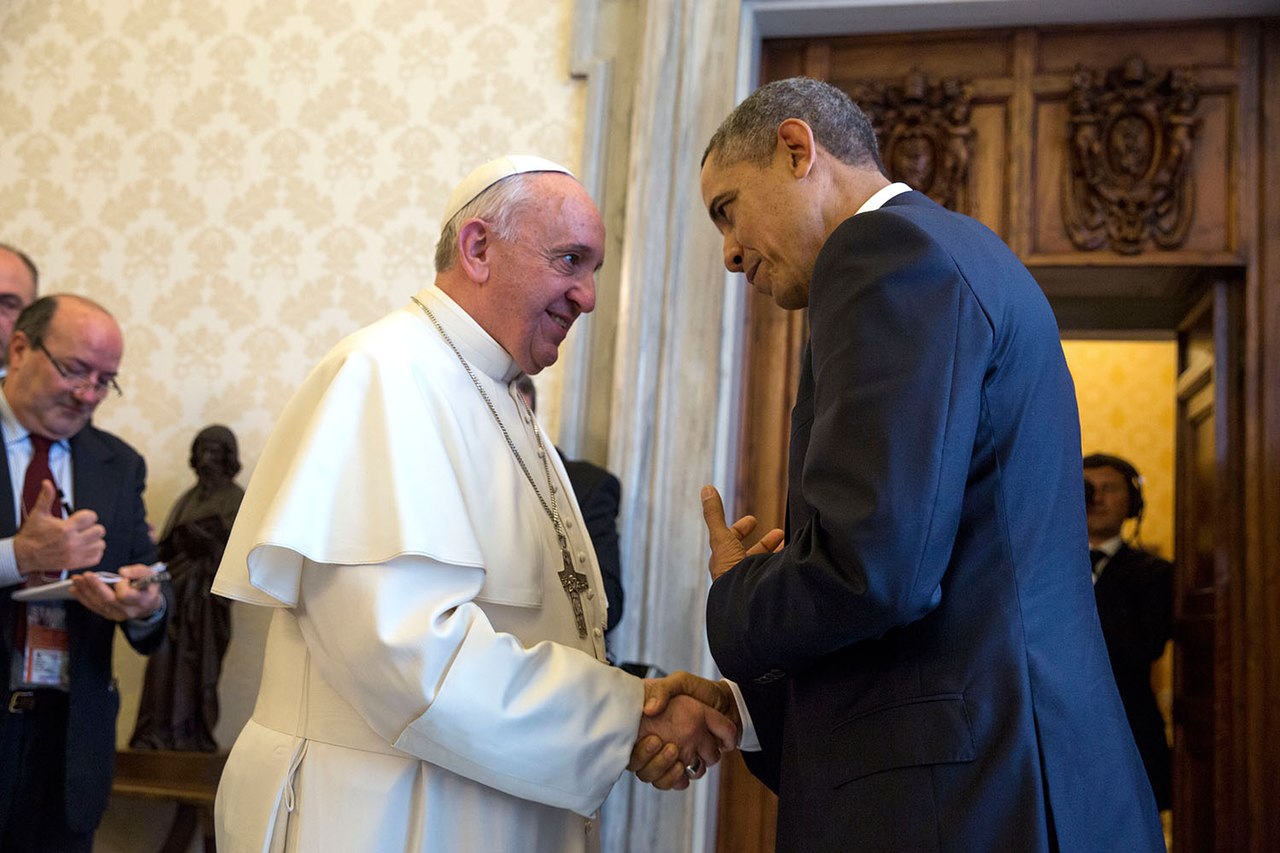
The world is rapidly changing after revolutions that have been going on for over 200 years, and Francis necessarily wants to keep up. As head of the Church, he is not going the way of John Paul II, using his popularity in the media to spread the hopes of a mass upsurge of Catholics. Nor does he share Benedict XVI’s tendency toward a kind of inertial pessimism. The response he gives to the Church in return, however, has Catholics increasingly puzzled. With the progressive degradation of the understanding of the truths of the faith and the increased hostility of the political world, we would expect Francis to reach back to the legacy of past popes – the Church as a whole today, after all, is somewhat in the Vatican’s situation from the end of Pius IX’s pontificate, when Rome was occupied by anti-church revolutionary forces. Francis, however, turns his gaze back to the early days of Paul VI’s pontificate, to the seemingly totally discredited belief that an encounter between “the religion of God and the religion of man” (as Pope Montini expressed it) could be fruitful and creative.
What prompts him to do so, I have tried to describe elsewhere, such as in the article “Global competition for Christ” published in the weekly Do Rzeczy in September 2022 (No. 37/2022). Here I would like to take a closer look at the main tool that Jorge Mario Bergoglio is currently using to conduct a meeting between two incompatible “religions.” It is about the global synodal process, the Synod on Synodality, taking place from 2021-2024.
“THE WAY THE CHURCH SHOULD BE”
The process, announced unexpectedly by Francis two years ago, began with a phase of “grassroots” consultation unprecedented in Church history. As part of it, bishops and priests around the world met with the faithful to ask their opinions on the state and future of the Church. The results of this survey were sent to Rome. In October 2022, the Vatican Synod Secretariat published a comprehensive document – the so-called Continental Document. It summarized the outcome of the discussion and highlighted several “critical points.” First and foremost was the pastoral opening to various “excluded groups,” such as homosexuals, divorcees – and by extension, laity, and women. The idea would be to create new spaces of engagement in the Church for them. It doesn’t take long to write what these spaces are: this has been obvious to everyone since at least the 1970s, when in the Netherlands and Germany, on the wave of post-Conciliar “enthusiasm,” a specific agenda for so-called “renewal” was formulated. Relativization of sexual morality, the diaconate, or priesthood of women, preaching by laymen, limiting the power of priests and bishops. The whole of this well-known list is recurring today, only now without references to Vatican II, which has been replaced by the “dynamics of synodality.”
The Vatican document aroused fierce criticism in the circles of the faithful of the Church Tradition. Among others, the recently deceased Cardinal George Pell gave an unequivocally negative assessment of it. Cardinal Gerhard Ludwig Müller, former prefect of the Congregation for the Doctrine of the Faith, has also come out against synodality in revolutionary terms. However, they are not the ones holding the reins of the synodal process. The secretary of the entire operation is Cardinal Mario Grech of Malta, a man ruthlessly obedient to Francis’ pastoral line. The key role of relator general, on the other hand, is played by Cardinal Jean-Claude Hollerich, who has made no secret of the fact that he sees opportunities for Church renewal in blessing gay couples, ordaining married men as priests, or allowing women into the priesthood.
Grech and Hollerich assure that the Synod on Synodality does not aim to make any specific changes in the Church – it would only be about…learning the “synodal method,” that is, a new way of being in the Church, and especially developing a model of decision-making that would take into account the opinions of everyone. Everyone, that is, not necessarily just Catholics; one of the main elements of synodality is ecumenism, interreligious dialogue and even dialogue with atheists. Interestingly, Hollerich himself declared just a few months ago that the synodal process could involve, for example, yes, changes to the Catechism that would allow the blessing of same-sex couples and the like. Now the cardinal has changed the narrative. Why? Did those who – like Pell or Müller – see the synodal process as a machine for the rapid and ruthless Protestantization of the Church prevail? If so, what else is this synod for: what would the new method be, if it is not followed by any specifics? It is clear that a great and spread out project, changing “the way the Church should be,” must somehow become concrete, affecting doctrinal, and pastoral realities to an enormous degree. “Pastoral” Vatican II also did not limit itself to imposing a new language of faith on Catholics. The changes were immeasurably broad.
And the synodal project has great momentum. It will last as long as Vatican II. A few months ago, Francis’ friend Cardinal Walter Kasper said that we are standing at the threshold of profound changes in the Church that will last decades, introduced by at least several popes. These words must not be downplayed. Synod leaders on synodality argue that we should be open to “surprises of the Holy Spirit.” Therefore, they claim, no one can predict what the two meetings of bishops in Rome, to be held in the fall of 2023-2024, will end up with; what is certain is that they will end up with something great – marking the outlines of a new era in the history of the Church.
“UNITY IN DIVERSITY”
In fact, however, the goal toward which the synodal Church is moving is already perfectly clear today. It is shown not only by the aforementioned Continental Document of 2022, but also by the proceedings of the first synodal assembly of Europe in the Church’s history, which took place from February 5-12 in Prague. It formally gathered 600 people – delegates from 39 European episcopates, clergy, and laity. However, only 200 worked on site; the rest attended online, which, according to their accounts, was poorly organized and in practice offered little opportunity to influence the proceedings. Among the 200 delegates gathered in Prague were both bishops and lay people.
The first four days included debates in language groups and speeches in the plenary hall. They ended with the creation of a summary document, which, while read out, was not published: a special commission is yet to work on its concrete form. This is characteristic of the “synodal method”: in theory, everything is done transparently, but in the end the thing is worked out anyway by some arbitrarily established commission according to procedures and guidelines known only to itself. The second element of the Prague meeting was the deliberations of the bishops themselves. They ended with them issuing a short communiqué, a kind of commentary on the previous document created with the participation of the laity.
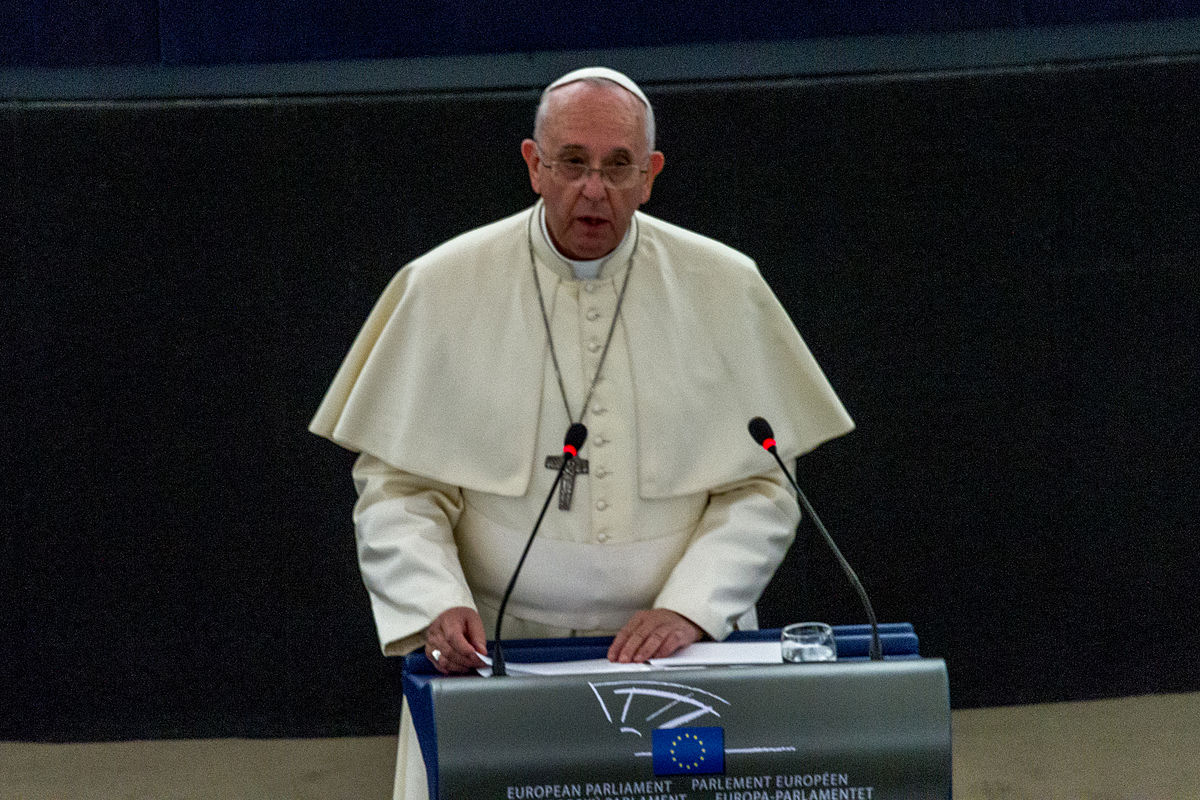
What was agreed upon in Prague? In the basic document read in the hall, both hopes for a radical “reform” of the Church and fears of doctrinal destruction found expression. On the one hand, the “excluded groups” were often admonished, pointing to the prospect of “inclusiveness,” while on the other, concern was expressed for the preservation of the Church’s unchanging doctrine. On the surface, these are two different perspectives, as different as the Church in Germany and Poland are different. However, the Prague synodalists have found a modus operandi to get out of this seemingly stalemate. It is encapsulated in the slogan “unity in diversity.” The Church in Europe is to take care in the future to preserve the community, mutual relations, and references, to make sure that doctrine remains as it has been, but…while respecting the “different paths” followed by individual countries or dioceses. In a final note, the bishops pledged to “expand our tent spaces so that our church communities are places where everyone feels welcome.” The enigmatic words about tents refer to the slogan of the current synodal phase, a quote from Isaiah. Their proper content, however, is a plan to make the Church more inclusive, that is, one that “excludes no one.”
Summing up the meeting in Prague, Cardinal Hollerich expressed satisfaction because he saw that Catholics in Europe “despite their differences” remain “brothers and sisters.” Archbishop Gintaras Grušas of Lithuania, who led the course of the European work at Francis’ will, assessed the matter similarly. “There should be diverse ways of being the Church, this is what we are talking about. This dialogue will help us understand each other better and look for ways how there can be unity in diversity,” he said.
CHANGES AND TACIT AGREEMENT
What does this mean in practice? We are moving consistently toward recognizing that the Catholic Church does have an unchanging doctrine, that is only on paper – and in pastoral practice, everyone is free to do as they please, as long as they act in accordance with the current progressive paradigm, of course. In September 2022, the bishops of Belgium introduced at home the liturgical ceremony of blessing gay couples. The Pope tacitly approved it. Germany has never issued such a document, but they are doing the same thing, just as, for example, they allow lay people to preach sermon which against Church law.
In Prague, synodality was shown to be about accepting such “different ways.” This is perfectly in line with the principal outlined by the Pope in his 2013 programmatic exhortation Evangelii gaudium: it is decentralization, including on the doctrinal level. There would be different consequences from a uniform doctrine, depending on the country or diocese. In the coming months, the battle will be fought over whether the Church’s tacit consent can extend to other planes: the diaconate for women, the ordination of married people, new forms of governance in the Church, further opening up to LGBT. Such topics, by the way, are not peculiar to Europe. Similar discussions on a new vision of “diversity” in the Church are also taking place on other continents, especially in Latin America, where the “progressive” consensus is even broader than here.
The medicine that Pope Francis is offering to a Church in deep crisis is the same one that has been applied for several decades, and which seems to only deteriorate the patient’s condition. More secular ideologies, more discussion, more cooperation for ecology, fighting poverty, exclusion, discrimination. Until recently, Catholics looked with some pity on European Protestant communities, mainly involved in various social projects, as unable to agree on their understanding of the Gospel. It seemed that the superiority of the Catholic Church was that it was free of such pathologies: centered on the Pope, it knows its own unique way. Yet in an inclusive synodal Church, we will no longer have reason to feel such superiority. The situation peculiar to liberal Protestantism, torn by deep internal tensions, becomes ours as well.
This article was published in February 2023 in “Do Rzeczy” magazine.
